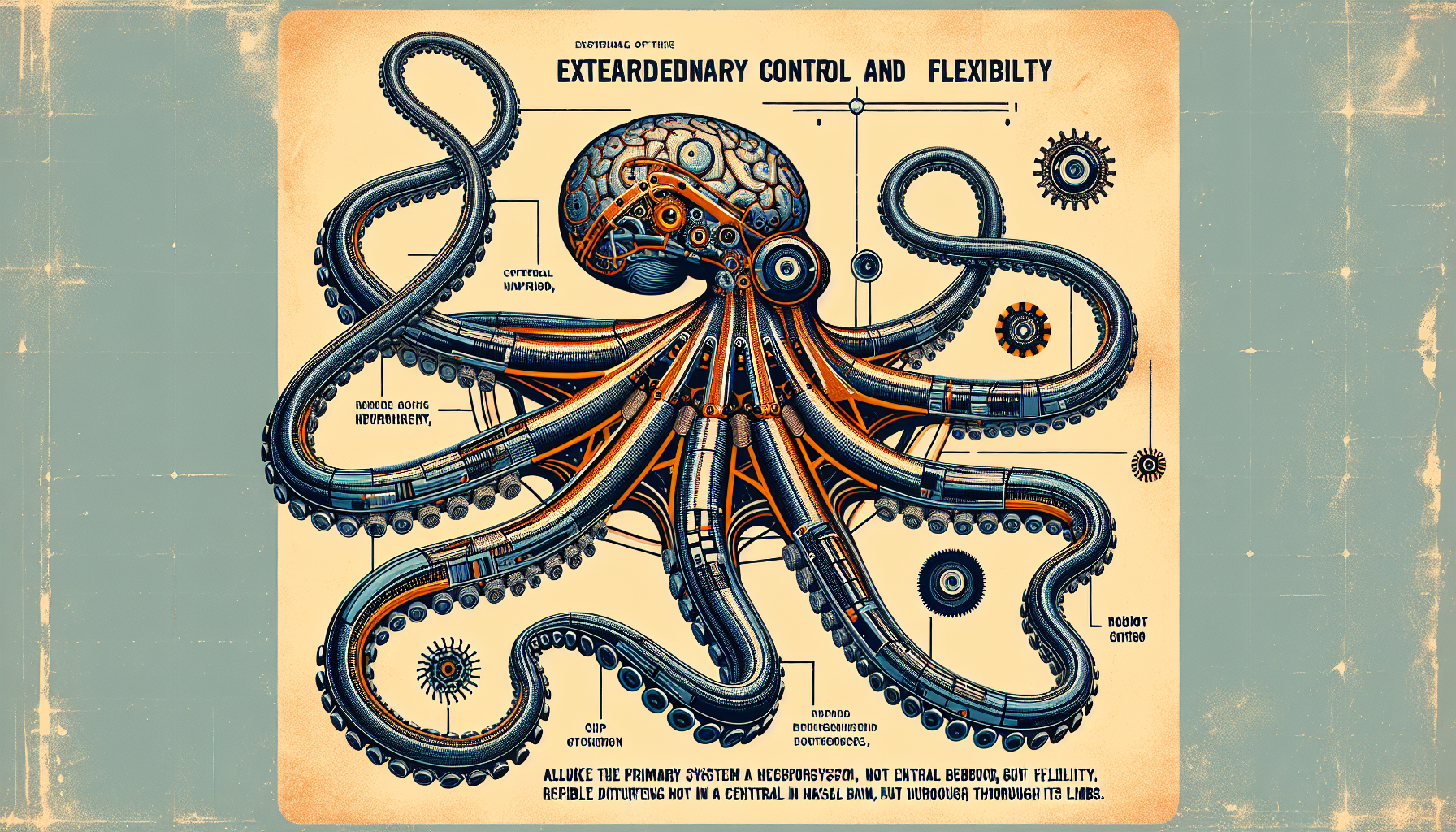In the world of robotics, engineers often look to nature for inspiration. Among all living creatures, the octopus stands out as a remarkable model. Its arms can grip, move, and manipulate a wide variety of objects, thanks to a nervous system where most neurons are not in the brain, but in the limbs. This unusual design gives the octopus extraordinary flexibility and control—a natural marvel that scientists are now striving to recreate in robots.
What Makes Octopus-Inspired Robots Different?
Traditional robots are built with hard materials and rigid joints. Their movements can be precise, but they struggle with delicate tasks or handling objects of unusual shapes. Octopus-inspired robots, however, are changing that. By mimicking the flexibility and adaptability of an octopus arm, these robots can pick up objects as fragile as an egg or as odd-shaped as a ball, all without causing damage.
Flexible Design
At the heart of these robots is a soft, tapered arm that bends and twists just like an octopus limb. This flexibility does more than imitate nature—it grants the robot the ability to handle countless tasks that rigid machines cannot. Whether it needs to gently cradle a small object or wrap around something large and irregular, the robot can adapt on the fly.
The Power of Suction Cups
One of the octopus’s signature features is its suction cups. The robots borrow this idea too, equipping their arms with small suction units. These do double duty: they hold onto objects firmly, and they act as sensors. By feeling the surface texture or sensing whether they are in air or water, the robots can adjust their grip in real time. This clever use of suction mirrors how an octopus explores its surroundings, responding instantly to any new object or obstacle.
Soft Robotics: Moving Without a Brain
Most robots depend on computer programs to control their movements, but these new octopus-inspired machines follow a different path. Instead of relying on complex calculations, they use the principles of fluid dynamics—how liquids flow and move—to guide their actions. This allows the robot to move smoothly and react quickly, much like its biological counterpart. The result is a new kind of “soft robotics” that challenges traditional views on what robots can do.
Sensory Perception and Decision-Making
Engineers haven’t stopped at copying the octopus’s flexible body. These robots are now equipped with basic sensory systems that let them make simple decisions. When a robot touches an object, it can determine how to move or how hard to grip, all without human guidance. This step towards independent operation brings us closer to truly intelligent machines that can navigate and adapt to the world around them.
How Could These Robots Change Our Lives?
The practical uses for octopus-inspired robots are vast. In factories, they could handle items that vary in size and shape, reducing the need for specialized machines. In hospitals, soft robots could assist with delicate procedures, safely gripping and moving medical instruments—or even helping care for patients. The greatest promise may lie underwater: like real octopuses, these robots could slip into tight spaces, examining and repairing structures deep below the surface, where traditional machines struggle to operate.
A Glimpse Into the Future
What began as a curiosity—studying how an octopus behaves—has led to a bold leap forward in robotics. By combining flexibility, sensory awareness, and a fresh approach to movement, these machines represent a new chapter in engineering. As research continues, it is likely that octopus-inspired robots will become even smarter and more capable, offering new tools for science, industry, and beyond. The gentle, adaptive touch of the octopus may soon guide the hands of tomorrow’s robots, achieving what rigid machines never could.

Leave a Reply